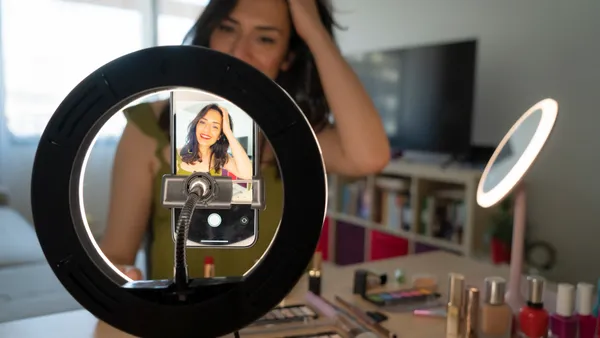Brief:
- Less than 10% of U.S. consumers spend more than $1,000 on a smartphone, a limitation that likely will cap demand for next-generation 5G mobile devices, per a study by NPD Group shared with Mobile Marketer. The researcher found that consumers in the most populous regions like New York City and Los Angeles are most willing to spend more than $1,000 on a smartphone.
- The top 10 designated market areas (DMAs) have 39% of smartphones that cost at least $1,000, per NPD's new Mobile Phone Tracking service, which captures data on active devices. Because those DMAs only make up 29% of the U.S. population, they have a higher concentration of higher-priced smartphones.
- Awareness of 5G grew to 73% of consumers during the first half of 2019 from 44% a year earlier, per NPD's Mobile Connectivity Report. The researcher found that 33% of smartphone owners are interested in buying a 5G-enabled handset.
Insight:
For mobile marketers, higher-speed 5G service promises to transform everything from content delivery to consumer shopping behaviors, but they shouldn't expect the revolution to happen overnight. Widespread adoption of 5G faces several hurdles, as NPD's research indicates. Until competitive pressures bring down the price of 5G smartphones, consumers can expect to fork out $1,200 or more for a new handset, limiting service to the fewer than 10% of consumers who are willing spend that much.
For smartphone makers, NPD's research indicates that they should focus their marketing efforts on densely populated U.S. regions where a bigger portion of consumers are willing to pay higher prices for 5G. 5G sales worldwide will grow from less than 1% of the smartphone market this year to 10% in 2020 as consumer adoption jumps, per a forecast by consulting firm Strategy Analytics.
Samsung took an early lead in 5G with this year's rollout of its Galaxy S10, which included a next-generation model priced at $1,300 in the U.S. Apple, which pushed the boundaries on smartphone pricing past $1,000 several years ago, hasn't released a next-generation iPhone yet. However, the company plans to ship at least 80 million 5G-equipped models next year as its seeks to regain its competitive edge against rivals like Samsung, Huawei, Oppo and Xiaomi that already have 5G handsets, Nikkei Asian Review reported.
Cellular providers also are most likely to see the best return on their investments in network infrastructure by focusing on top DMAs as they build out service nationwide, NPD's research suggests. Already, AT&T, Verizon, T-Mobile and Sprint have varying degrees of 5G service, although press reports indicate current network speeds are still a fraction of what they will become in the next decade. Their early marketing efforts are raising awareness of 5G, as NPD observed, but they need to follow through with service that lives up to the hype.












